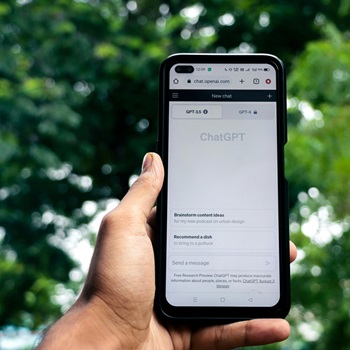The question of an independent Tibet is by no means a new one. As the Free Tibet movement has stumbled wilfully on over the years, the media spotlight has been focused back onto this high, arid and culturally unique (dare I say?) country.
Recent events in the region have been covered closely and have sparked new interest on the situation, channelled particularly well using the freedom that internet-based social media allows. Freedom, of course, is a large part of the problem.
Protests both inside Tibet and the surrounding area have been met with some force. Demonstrations in India provoked a strong reaction from the police, and whilst India is not normally a country to jump immediately to the diplomatic aid of China, this movement may be ideologically as much a problem for the Indians as the Chinese, as they too face strong revolutionary movements.
The situation has since flared up. Some protests were reduced to violence as local Han and Hui Chinese businesses were damaged and burned, followed by reports that Chinese forces had opened fire on protestors including monks, “in self defence”.
As ever, conflicting information pours from the area. Chinese government sources claimed the violent protests took 16 lives, whilst the Dalai Lama maintained that almost 100 people have been killed in the crackdown by Chinese troops.
Getting the real story remains a difficult task. Being a journalist in China (whether local or foreign) is never easy. Stories of journalists receiving an unwanted chaperone are not uncommon. However, as the situation escalated, the Economist’s Beijing correspondent found himself on the right (or wrong) side of the journalistically imporous Tibetan border.
Alongside The Economist’s success, the BBC, normally only available in diplomatic compounds and expensive hotels frequented by westerners have reported broadcasting problems. The censors behind the scenes have taken to swiftly blacking out the screen at the slightest mention of the Tibet issue.
Additionally, the Chinese government, well practised in internet censorship (remember when Google became not so squeaky-clean in their Chinese collaboration?) have begun penalising video-sharing websites such as YouTube. One of China’s most popular video-sharing sites, Tudou.com, was among those penalized, the State Administration of Radio, Film and Television said.
The protests have succeeded in doing exactly what the Chinese were trying to stop. The issue’s profile has been raised significantly, not only through mainstream media but also in the blogosphere and social networking sites.
There are over 500 Facebook groups related to Tibet, many of which have seen their membership double in the last few days. The blogosphere has also gone wild with the issue, with thousands of posts about the issue.
Even everybody’s favourite blogging European Commissioner Margot Wallstrom has covered the issue, as demonstrations outside the Council of Ministers brought the issue to the EU’s doorstep. She called for the Chinese government to address the concern of Tibetans with regards to human rights, and identified that this issue could affect general future EU-China relations.
This boom in interest is reflective of the steep rise in new social media attention to the Burma protests at the end of 2007, which highlighted the lack of international action against the Burmese government and identified “dirty lists” of companies still doing business with the Burmese government.
These human rights issues, although more emotive than most, are testament to the fact that new social media is potentially the quickest and most effective way of raising the profile of an issue. Of course this is exactly the reason why the Chinese government wish to keep tight reins on the use and content of the internet.
It is reassuring to see that alongside (and obviously second to) the terrible way in which the protests have been dealt with, one thing that people have really reacted to is internet freedom, which now almost appears to be a fundamental human right.
Find Out More
-
Generative AI is changing the search game
May 8, 2025
-
The challenges facing Europe and European leaders at Davos 2025
January 24, 2025


